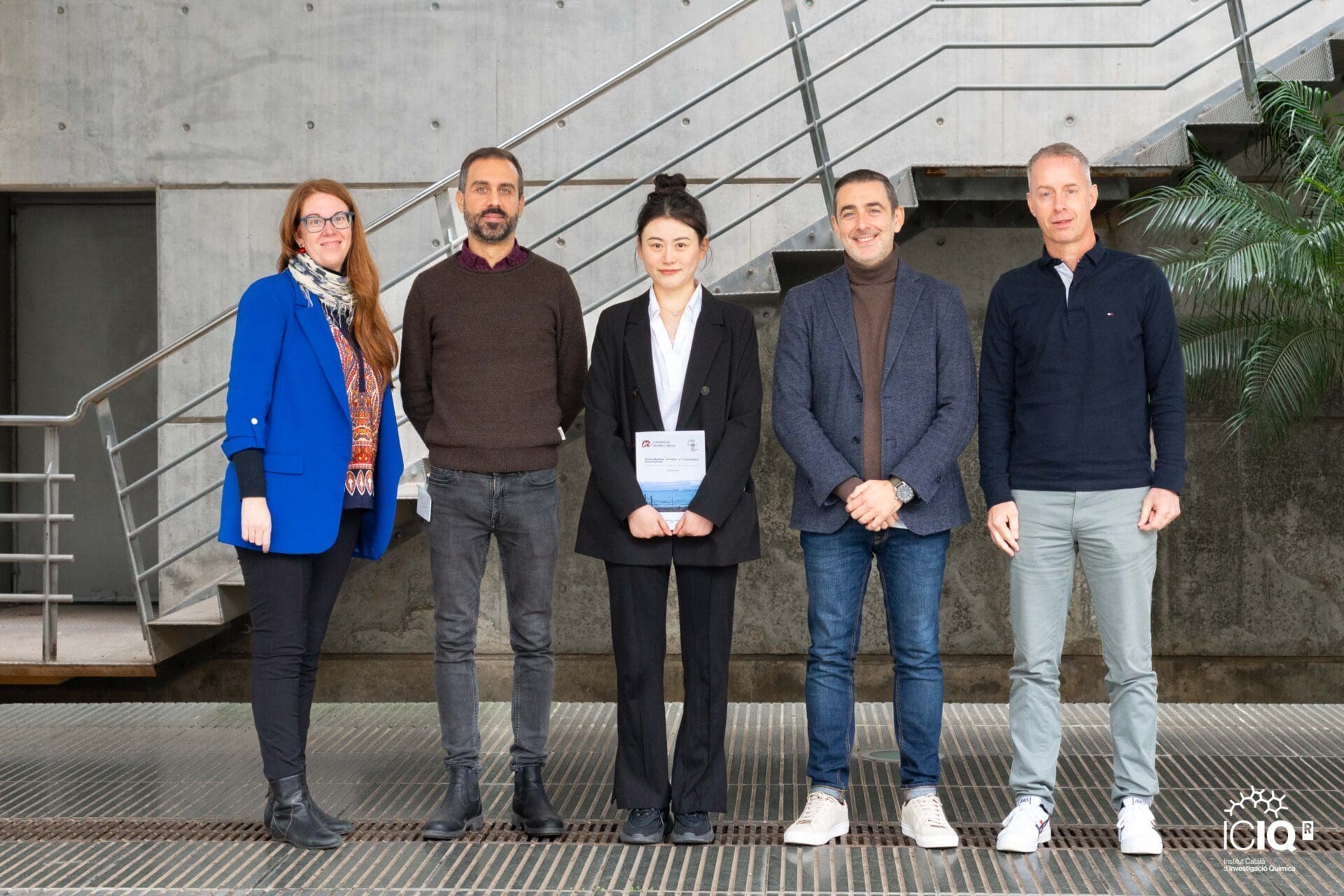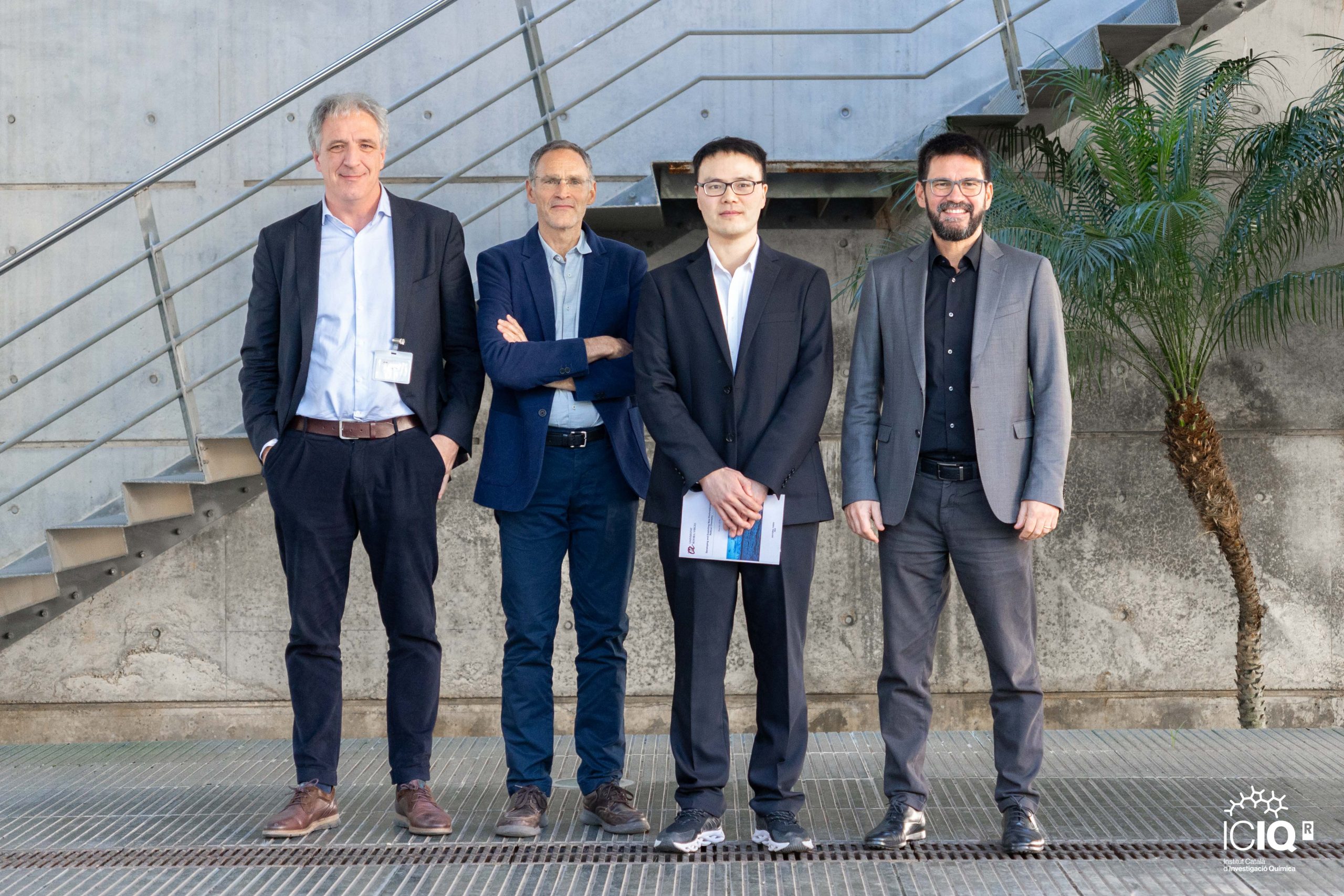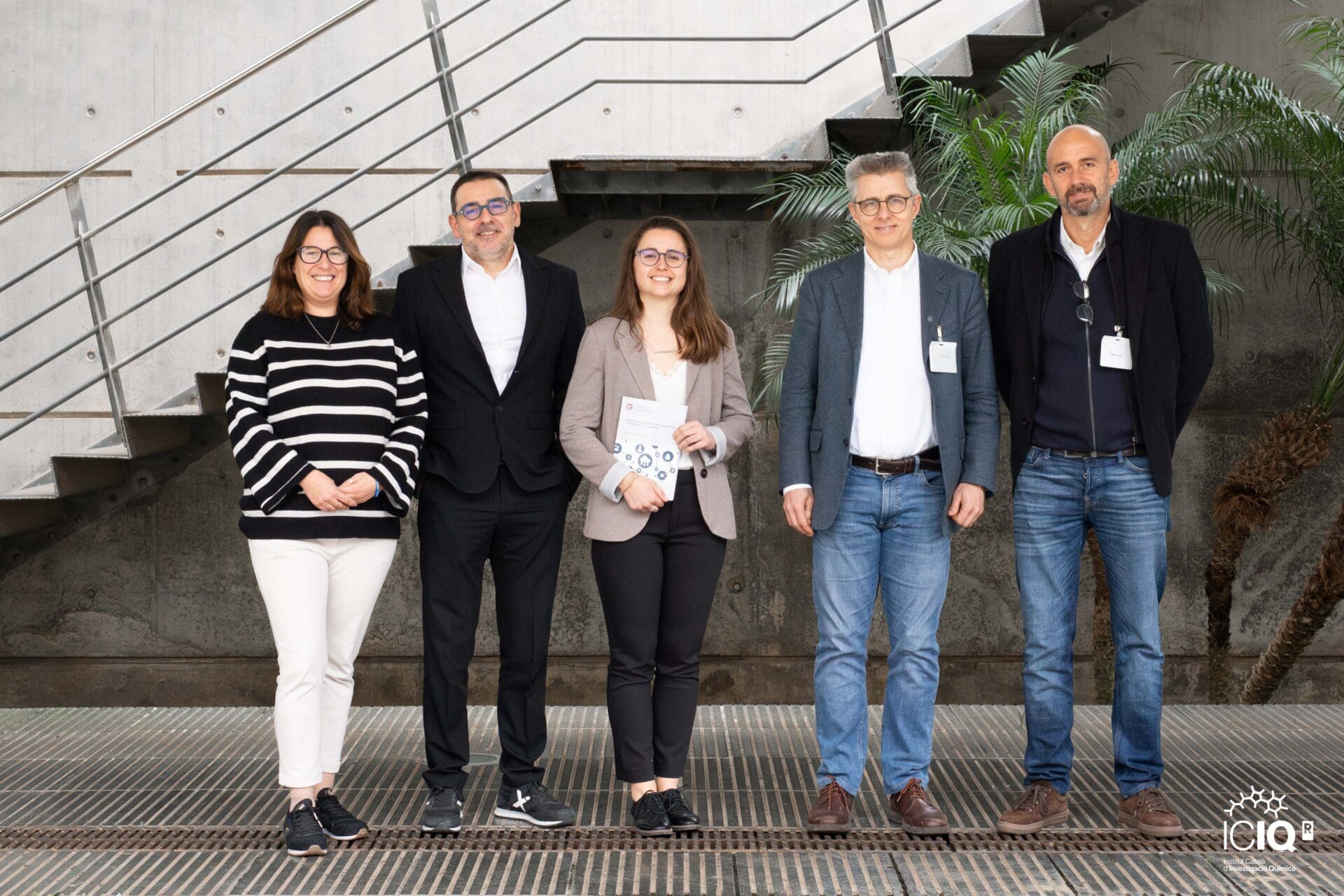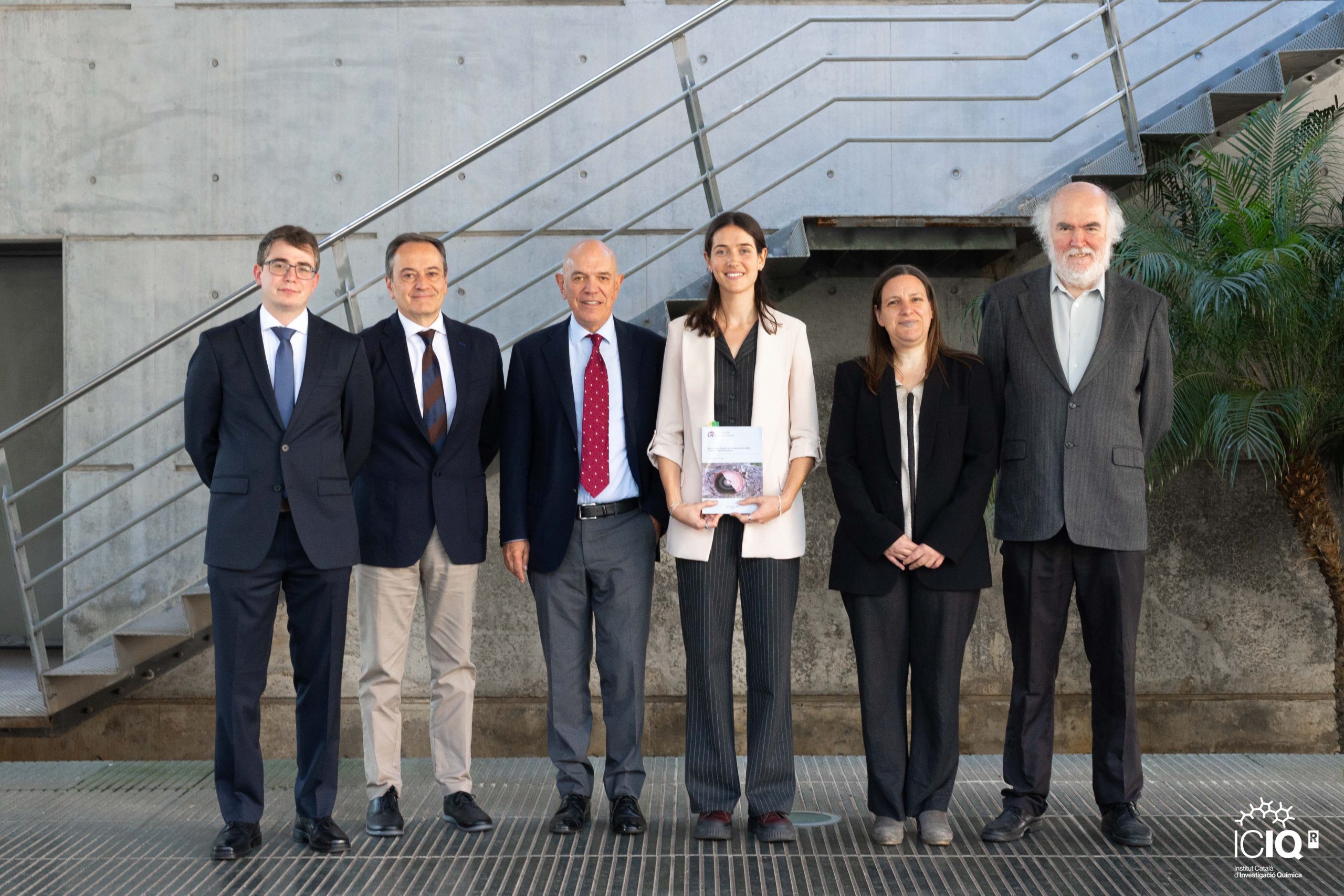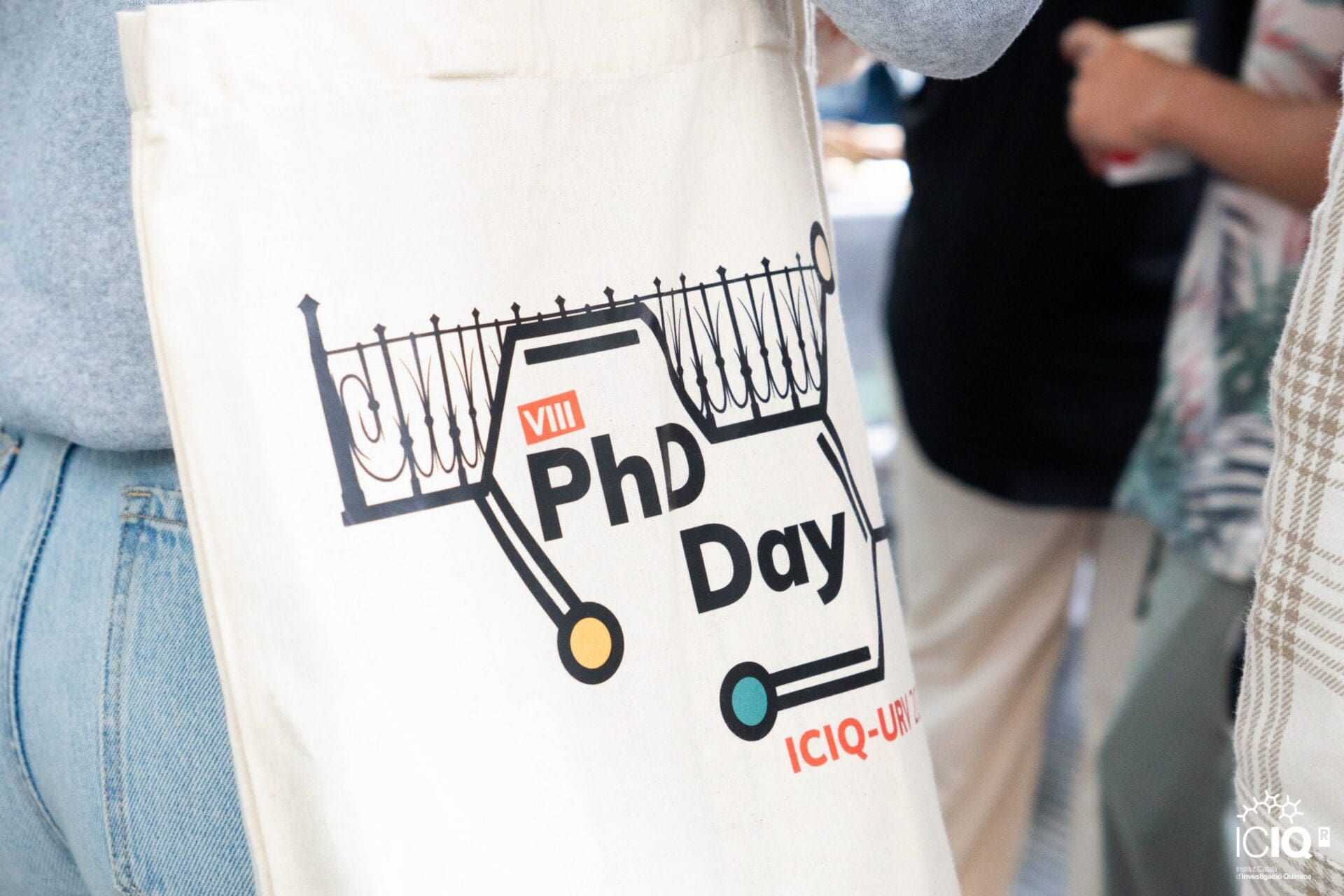Congratulations Charles!
Charles Goehry, PhD student under the supervision of Professor Feliu Maseras has defended his PhD Thesis entitled “Computational studies on host/guest catalysis” (assigned to the Department of Physical and Inorganic Chemistry of the Universitat Rovira i Virgili) publicly on July 9th at the ICIQ auditorium.
The members of her evaluation committee were: Prof. Pau Ballester (ICIQ), Dr. Jesús Jover (Universitat de Barcelona) and Dr. Fabienne Bessac (Université Toulouse).
Abstract:
Supramolecular chemistry is the chemistry of non-covalent bonds. Understanding and predicting the behaviour and interplay of large molecular assemblies is the goal of researchers in the field. The present work is focused on the study of two independent supermolecular systems that both promote a click reaction in their core. These systems are (i) a cucurbit[6]uril (CB6) macrocycle and (ii) a self-complementary calixarene that assembles into a capsule. They exhibit a large inner space capable of trapping reactive species. The main effect of aggregation is the partial removal of entropic constraints, thus promoting the formentionned reactions. Also, in those two cases, product inhibition is experimentally observed. We performed a benchmark of methods including from Molecular Mechanics, DFT/MM, DFT/S-E, DFT y DFT-D. The results clearly show DFT-D outperforms all the other methods, although it is computationally expensive for the very large systems in hand. B97D has been selected over M06 and a basis set of 6-31G* appears sufficient. BSSE errors are very large and need to be taken into account, while single-point solvation is satisfactory. Having identified suitable methods for the study of those two assemblies, we compute a large set of stationary points that encompasses the possible alterations each system can undergo. With this data, we build a reaction network. Reactants, product, complexes or conformations (vertices) are related by reactions (edges). Following this scheme, we compute a set of rate constants to use in a kinetic program. Also, we incorporate diffusion-controlled processes. The output shows the evolution of the global system over time, for example the concentrations of the different intermediates and more importantly the gradual formation of the trapped product. This method allows us to reproduce experimental results and does not rely on expensive molecular dynamics.
Related news

Let's create a brighter future
Join our team to work with renowned researchers, tackle groundbreaking
projects and contribute to meaningful scientific advancements
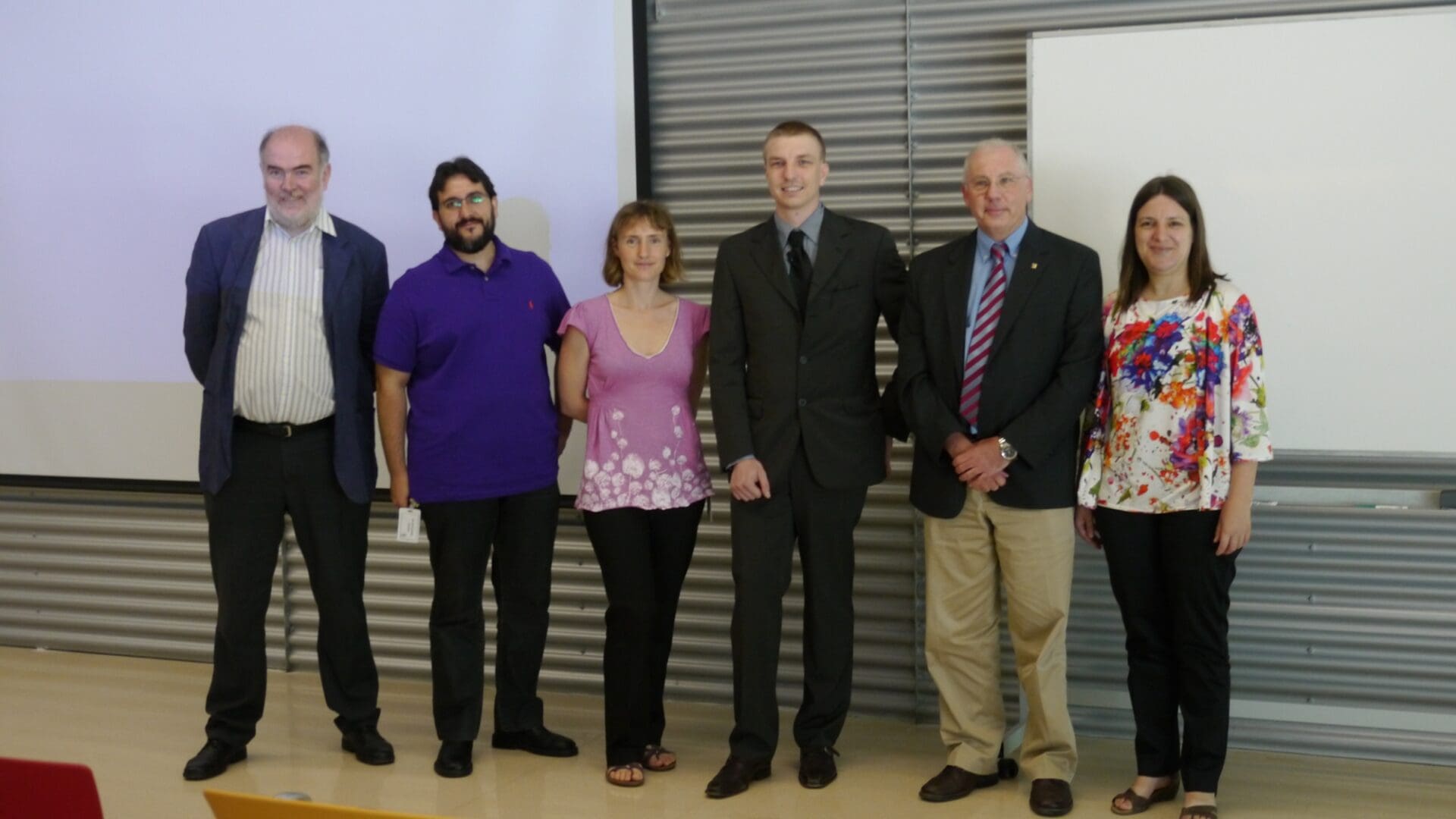






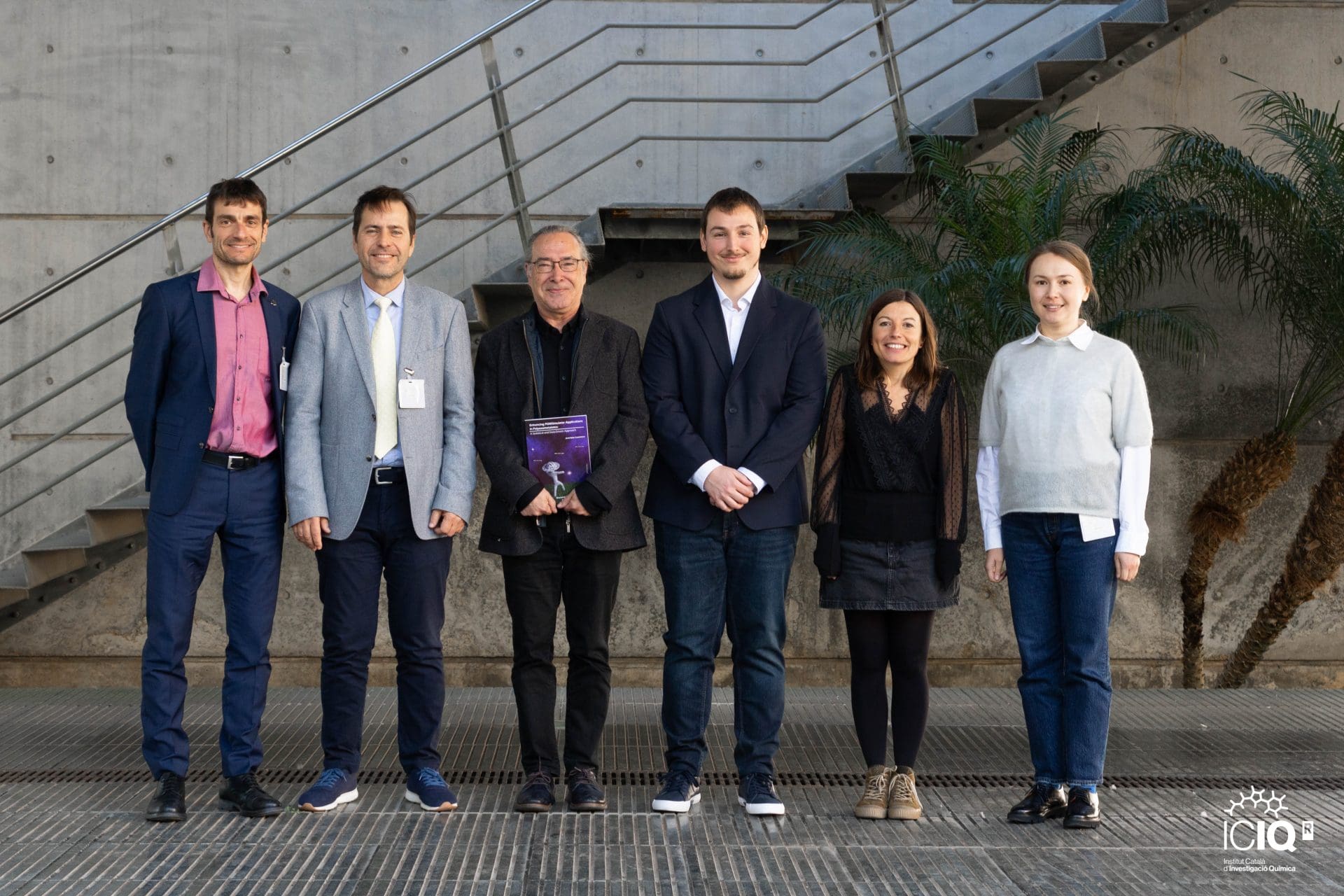
 20-12-2024
20-12-2024 
